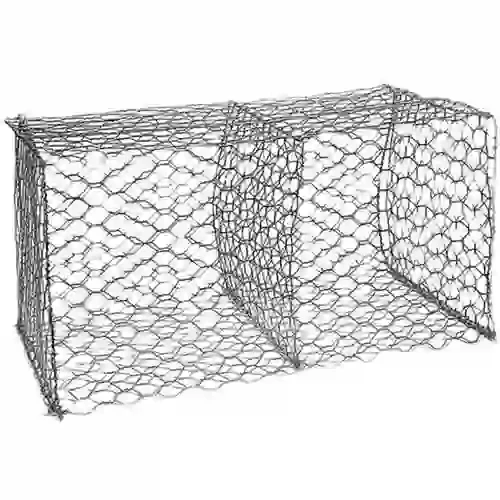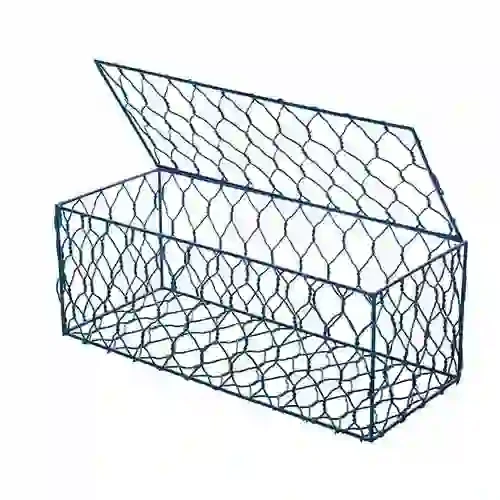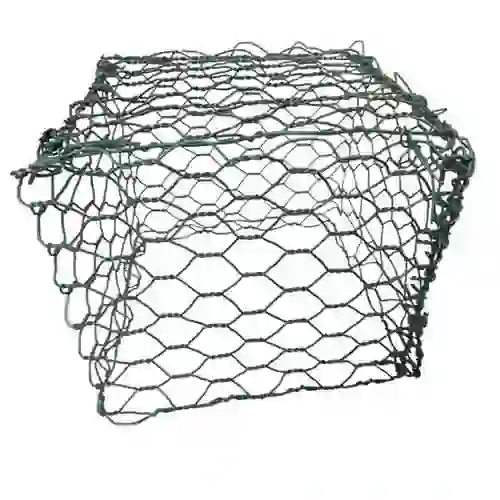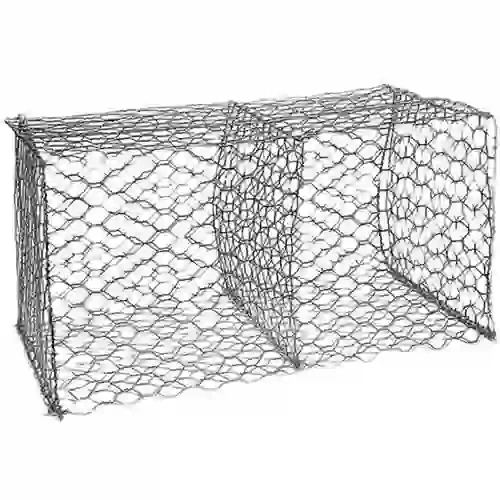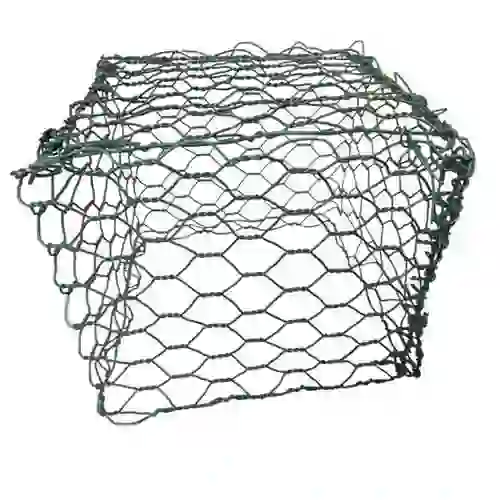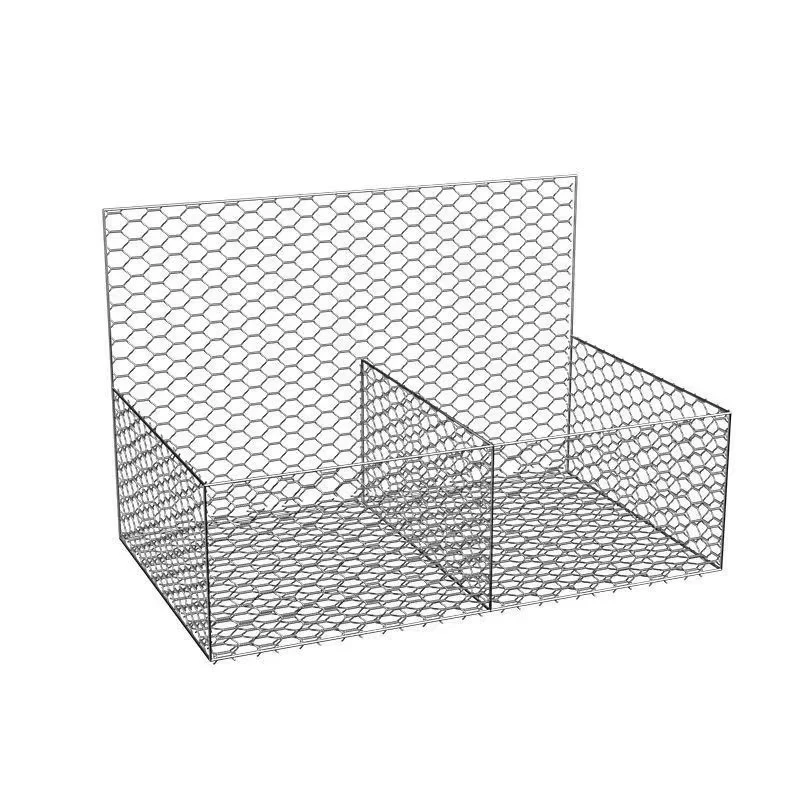-
 هاتف:
هاتف: -
 بريد إلكتروني:
بريد إلكتروني:

Baling Wire Industrial Selection
In the relentless heartbeat of modern industry – from roaring recycling plants and bustling warehouses to sprawling agricultural operations and vast construction sites – an unassuming hero ensures efficiency, safety, and profitability: baling wire. Often referred to simply as bale wire, this fundamental component is the critical element binding compressed materials into manageable, transportable units. Choosing the right baling wire isn't a trivial matter; it's a strategic decision impacting operational speed, equipment longevity, worker safety, and the bottom line.
This article delves into the critical industrial choices surrounding baling wire, exploring material science, operational demands, application-specific requirements like cardboard bale wire, equipment compatibility, and addressing key industry concerns.
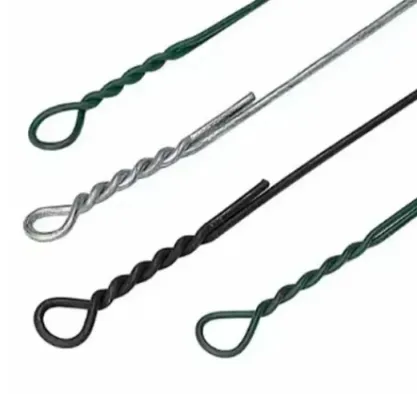
The Foundation of Baling Wire Performance
The core performance characteristics of baling wire stem directly from its material composition and treatment. Selecting the right base material and processing is the first critical industrial choice:
- Low-Carbon Steel:The undisputed workhorse of the industry. Offering an optimal balance of superior strength, durability, and cost-effectiveness, it forms the backbone of most bale wire.
- Galvanized Coating:A zinc layer applied to the steel wire. This is essential for applications exposed to moisture, humidity, or corrosive elements. Galvanized baling wire significantly enhances corrosion resistance, preventing rust that weakens the wire and can stain bales. It's the standard choice for recycling, waste management, and outdoor storage.
- Annealing:A controlled heat treatment process applied to the steel wire. Annealing softens the wire, dramatically increasing its flexibility and ductility. Annealed baling wire is easier to handle, twist, and tie tightly, reducing worker fatigue and the risk of kinking or breaking during the baling process. It's particularly beneficial for high-speed balers and complex tie-offs.
The choice between plain, galvanized, or stainless steel, and whether annealing is required, depends heavily on the application, environmental conditions, and the material being baled. Investing in the right base material prevents premature failure, costly downtime, and potential safety hazards.
The Operational Factors Of Bale Wire
Beyond material, several operational factors dictate the optimal bale wire specification:
- Tensile Strength Requirement:
Directly tied to the density and abrasiveness of the baled material. Scrap metal demands the highest tensile strength, while hay or light paper may suffice with lower strengths. High-performance baling wire like Anping Shengsen's Premium Strength targets demanding industrial applications where failure is not an option.
- Baler Type :
- Vertical Balers:Often use lighter gauge wire for cardboard, textiles, plastics.
- Horizontal Balers:Handle larger, denser bales, typically requiring heavier gauge and higher tensile strength wire.
Specific Demands for Cardboard Bale Wire
Baling cardboard is a massive industry driven by e-commerce and recycling mandates. Cardboard bale wire has unique requirements:
- Cleanliness andNon-Contamination: Galvanized coating is standard to prevent rust stains that devalue the recycled cardboard. Bright, clean zinc finishes are preferred.
- Consistent Diameter and Coating:Variations cause jams in automatic tying mechanisms. Precision manufacturing is non-negotiable for high-speed cardboard processing lines.
- Cost-Effectiveness:Given the high volume of wire used in cardboard recycling, price per bale is a significant factor. However, opting for cheap, substandard wire leads to breakage, downtime, and potentially rejected bales, costing far more in the long run. Reliable suppliers like Anping Shengsen offer cost-effective solutions through consistent quality and durability that reduces waste and downtime.
Selecting the correct cardboard bale wire directly impacts the efficiency of the recycling operation and the market value of the baled product. It's a critical component in the sustainability loop.
Baling Wire: Compatibility and Innovations
The baling wire must seamlessly integrate with the baling machinery. Incompatibility causes frustrating jams, downtime, and wasted wire.
- Spool Size and Winding:Balers are designed for specific spool dimensions. Wire must be wound evenly and tightly to prevent tangling.
- Wire Feed Path:The wire must navigate guides, tensioners, and cutters without snagging. Consistent diameter and a smooth surface are vital.
- Twister/Knotter Mechanism:Auto-tie balers have precise mechanisms for forming loops and twists/knots.
FAQs About Industrial Baling Wire
What gauge baling wire is needed for scrap metal?
Scrap metal baling exerts extreme pressure and deals with sharp edges. Heavy-duty bale wire in 9 or 10 gauge is typically required, often with very high tensile strength and galvanized coating for corrosion resistance.
Is galvanized baling wire always necessary?
While not strictly always necessary, galvanized baling wire is highly recommended for almost all industrial applications.
How does annealing improve bale wire performance?
Annealing transforms bale wire performance. The heat treatment process significantly increases the wire's flexibility and ductility. This means:
- Easier Handling:Workers can pull, twist, and tie the wire with less effort and reduced risk of hand injuries.
- Reduced Breakage:Annealed wire is far less likely to snap or kink during the baling process, especially in automatic tie systems or when tying off dense bales.
What are the safety benefits of high-quality baling wire?
Using high-quality baling wire like Anping Shengsen's Premium Strength product directly enhances workplace safety:
- Reduced Breakage:Prevents the sudden snapping of wire under tension, which can whip back and cause serious eye or facial injuries.
- Smooth Surface:Minimizes the risk of cuts and abrasions to workers' hands during handling and tying.
Can cardboard bale wire be used in auto-tie balers?
Absolutely. In fact, auto-tie balers are the standard workhorses in high-volume cardboard recycling facilities. Specially designed cardboard bale wire is essential for these machines.
By making informed industrial choices in baling wire, companies secure not just their materials, but also their operational flow, worker safety, and ultimately, their competitive edge in a demanding marketplace. The right wire is the unbreakable bond that holds industrial productivity together.
-
Wire Mesh for Every Need: A Practical SolutionأخبارJul.25,2025
-
Steel Fences: Durable, Secure, and Stylish OptionsأخبارJul.25,2025
-
Roll Top Fencing: A Smart Solution for Safety and SecurityأخبارJul.25,2025
-
Cattle Farm Fencing Solutions for Maximum SecurityأخبارJul.25,2025
-
Affordable Iron Binding Wire SolutionsأخبارJul.25,2025
-
Affordable Galvanized Wire SolutionsأخبارJul.25,2025
-
Wire Hanger Recycling IdeasأخبارJul.25,2025

